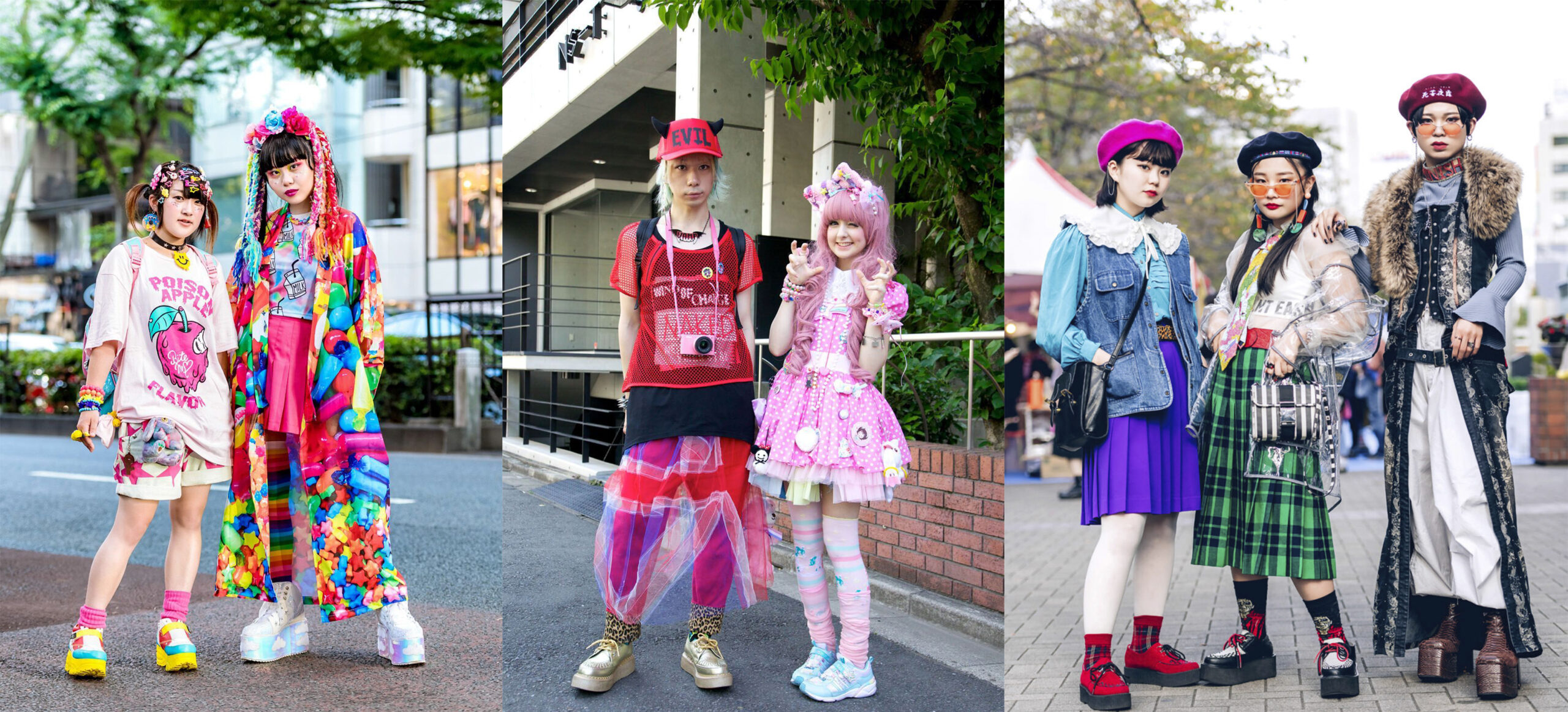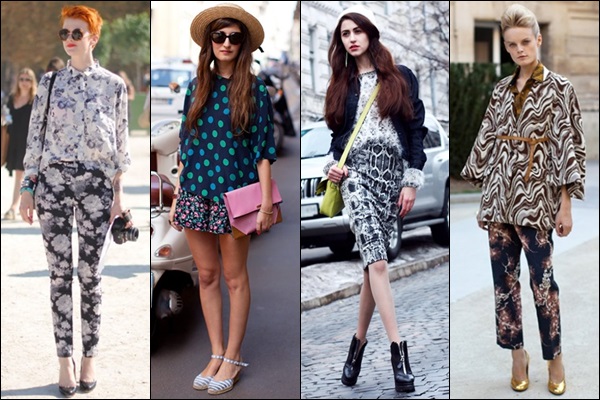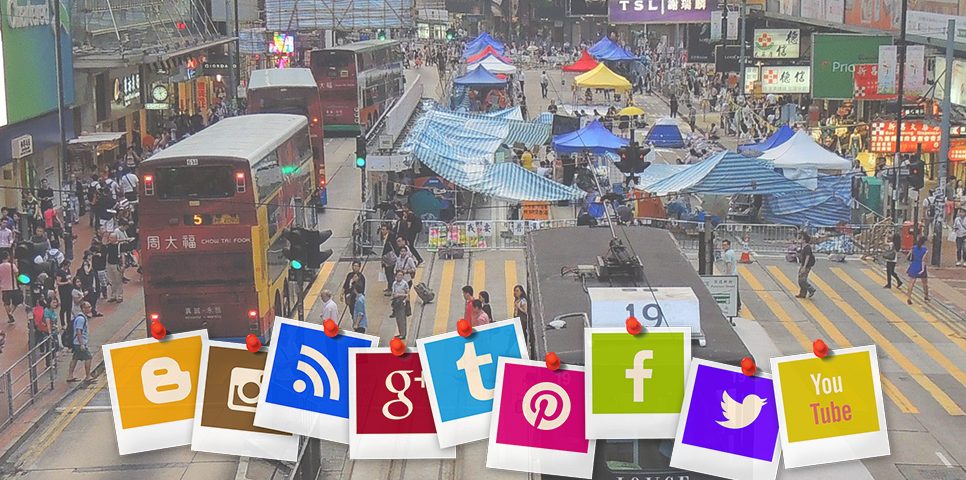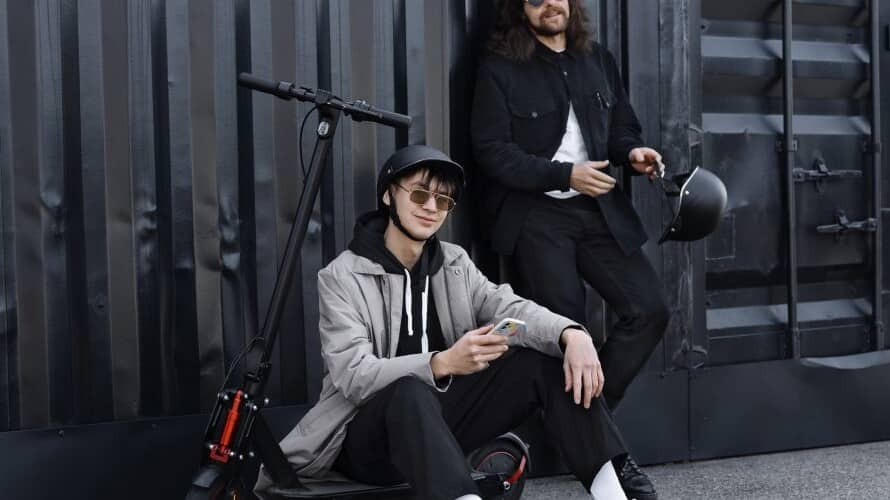Street Style Diaries: Capturing Everyday Chic
"Street Style Diaries: Capturing Everyday Chic"
Road Style Journals: Capturing Everyday Chic
Style isn’t confined to glossy magazine spreads or the runways of high-end designers. Today, some of the most exciting trends and striking looks come from the streets, where ordinary individuals express their unique styles in real-time.
Street style is more than just a category of fashion; it’s a cultural phenomenon, a reflection of individuality, creativity, and the spirit of the moment. Welcome to the world of street style journals, where everyday chic takes center stage.
The Evolution of Street Style
Street style has humble beginnings.
It originated as a form of self-expression among subcultures such as punk, hip-hop, and skateboarding communities in the 20th century. Over time, it evolved into a global influence on mainstream fashion. In the 1990s, streetwear—a fusion of urban fashion and athletic wear—emerged as a dominant force, driven by brands like Supreme, Stüssy, and Adidas. By the 2000s, street style photographers like Bill Cunningham and bloggers such as Scott Schuman ("The Sartorialist") began documenting the trend, showcasing individuals who turned sidewalks into personal runways.
Today, street style is a blend of aesthetics. From minimalist monochrome outfits to eclectic, colorful ensembles, it captures the essence of diversity and creativity. The rise of social media platforms like Instagram and TikTok has amplified its reach, democratizing fashion and showcasing everyday chic on a global scale.
What Defines Street Style?
At its core, street style is about authenticity and individuality. Unlike high fashion, which often dictates trends, street style is organic and unpredictable. It’s influenced by culture, geography, and personal experiences. Here are some key elements that define it:
Personalization:
Street style thrives on making a look your own. Whether it’s a vintage jacket adorned with pins or customized sneakers in bold colors, personalization sets street style apart.Mixing High and Low Fashion: A street style icon might pair a designer handbag with thrifted jeans, creating a unique blend of luxury and accessibility. This contrast embodies the rebellious spirit of the genre.
Cultural Influences: From Japanese Harajuku fashion to New York’s urban chic, street style often reflects the cultural backdrop of a city or community.Practicality Meets Aesthetic: Unlike couture, street style must accommodate real-life situations. Fashion on the go combines practicality with flair.
Everyday Chic: How to Nail the Look
Creating an effortlessly chic street style look doesn’t require a designer wardrobe. Here are some steps to embrace everyday chic:
Start with the Basics:
Build your outfit around timeless staples like a white T-shirt, denim jeans, or a classic leather jacket. These foundational pieces provide a canvas for creativity.Layer Thoughtfully: Layering adds depth and interest to an outfit. Think oversized coats over crop tops or turtlenecks under slip dresses for a balance between fashion and function.
Play with Proportions: Street style often involves experimenting with silhouettes. Pair oversized tops with fitted bottoms or vice versa to create dynamic looks.
Invest in Statement Pieces: A bold accessory, like a neon handbag or chunky sneakers, can elevate even the simplest outfit.
Mix Textures and Patterns:
Combine unexpected elements like a leather skirt with a knit sweater or plaid pants with a striped blouse. The contrast keeps your look interesting.Prioritize Comfort: The essence of street style is wearability. Choose pieces that feel as good as they look.
Iconic Cities and Their Street Style
Street style varies widely across the globe, shaped by local culture, climate, and history. Let’s explore some iconic cities known for their distinct everyday chic:
New York City:
NYC is synonymous with eclectic and bold styles. From minimalist black-on-black outfits to vibrant, avant-garde looks, New York City street style is as diverse as its inhabitants.Tokyo: Tokyo’s street style blends futuristic fashion with traditional Japanese influences. Subcultures like Harajuku and Gyaru contribute to its quirky, colorful aesthetic.
Paris: Effortlessly chic, Parisian street style is all about understated elegance. Neutral palettes, tailored pieces, and timeless accessories define the city’s signature look.
London:Known for its edgy and experimental vibe, London’s street style often mixes punk influences with high-fashion elements.
Milan: A city synonymous with luxury, Milan’s street style combines high-end Italian tailoring with bold prints and impeccable craftsmanship.
The Role of Social Media in Street Style
Social media has revolutionized how street style is consumed and celebrated. Platforms like Instagram and Pinterest provide endless inspiration, while TikTok allows creators to showcase their daily outfits to a global audience.
The hashtag #OOTD (Outfit of the Day) has become a staple in the online fashion community, encouraging individuals to share their unique looks.
Influencers and content creators have also become essential in shaping street style trends. They’re not just documenting; they’re creating fashion moments, collaborating with brands, and making high fashion more accessible to their followers.
Sustainability and Street Style
As the fashion industry grapples with sustainability challenges, street style has become a platform for showcasing eco-conscious choices. Thrifting, upcycling, and supporting local artisans are increasingly popular among street style enthusiasts. The rise of slow fashion and sustainable brands has shifted the focus from overconsumption to mindful fashion.
For example, repurposing vintage pieces or investing in high-quality staples that last longer are ways individuals are redefining everyday chic while reducing their environmental footprint.
Why Street Style Matters
Street style is more than just fashion; it’s a lens into society. It reflects shifting attitudes, challenges norms, and celebrates diversity. Unlike runway shows, which are often inaccessible to the average person, street style is relatable and inclusive. It’s about ordinary people making extraordinary fashion statements.
Street style also influences the fashion industry. Designers often draw inspiration from the streets, incorporating elements of urban fashion into their collections. This two-way exchange keeps fashion dynamic and grounded.
Creating Your Street Style Journal
Starting your own street style journal is a fun way to explore and express your fashion sense. Here’s how to get started:
Photography: Invest in a good camera or use your smartphone. Focus on natural lighting and interesting backdrops to capture your outfits.
Keep a Style Diary:
Document your looks, inspirations, and how each outfit made you feel. This will help refine your style over time.Engage with the Community: Share your photos on social media and interact with other street style enthusiasts. You’ll gain inspiration and connect with like-minded individuals.
Experiment Fearlessly:
Don’t be afraid to try new trends or revisit old ones. Fashion is about self-expression, so make it personal.
Conclusion
Street style is a celebration of individuality, creativity, and culture. It’s about taking fashion beyond the runway and making it a part of everyday life.
Whether you’re inspired by the minimalist vibes of Paris, the bold statements of Tokyo, or the eclectic looks of New York, street style invites you to embrace your unique perspective and create your own definition of chic.
So step out, take risks, and let the streets be your runway. After all, everyday chic is less about what you wear and more about how you wear it.











No comments: